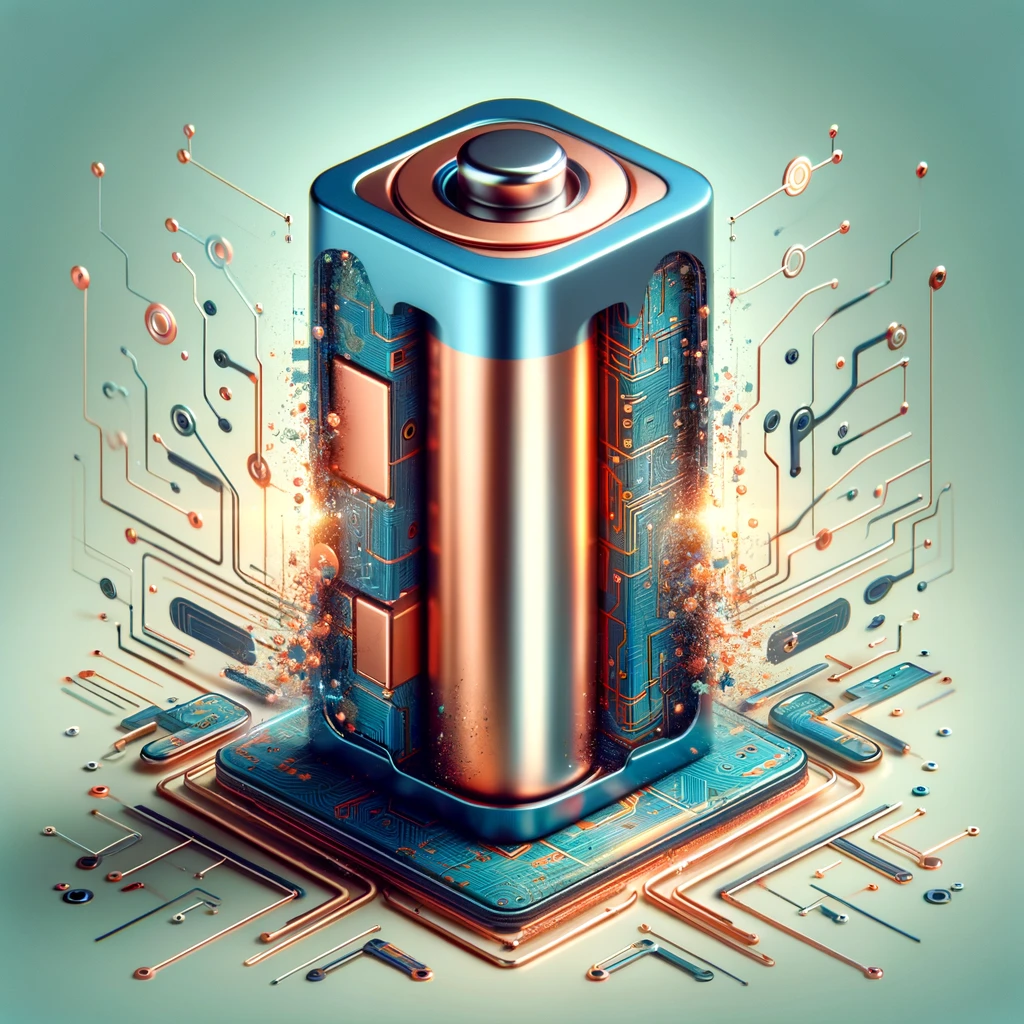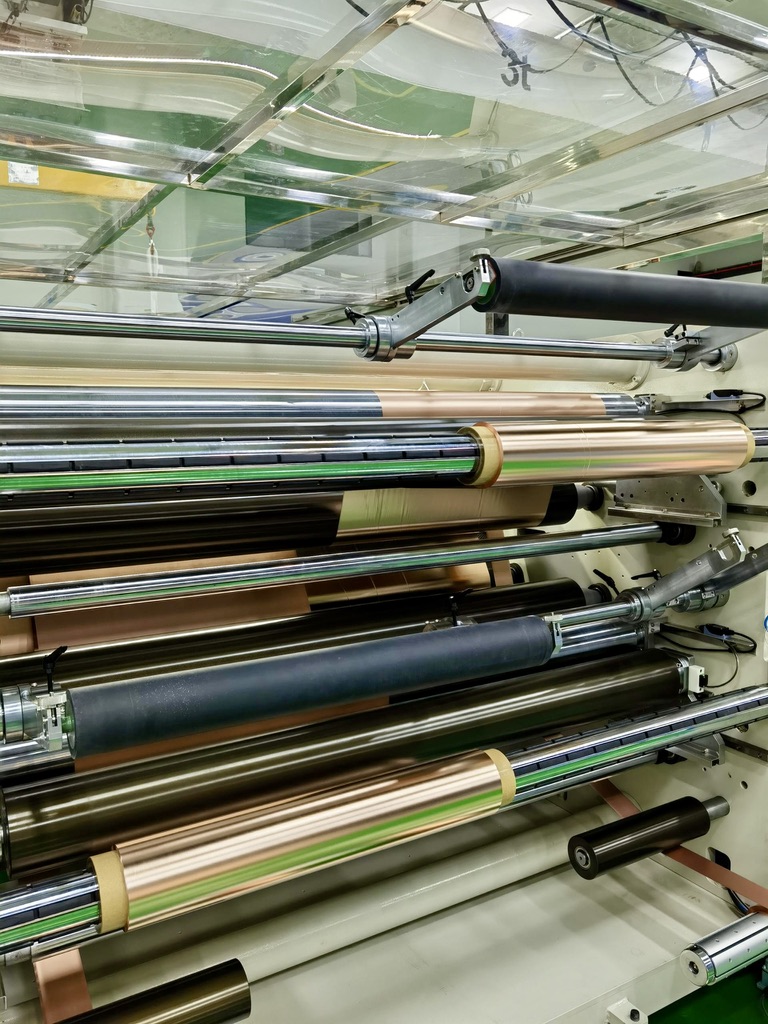In the intricate world of lithium-ion batteries, understanding the nuanced interplay between materials and their operational thresholds is crucial for optimizing performance and longevity. A component of paramount importance in this realm is the battery copper foil, serving as the current collector for the anode. Yet, a question that piques the curiosity of many is: at what voltage does copper dissolve in lithium-ion batteries? This exploration is not just academic—it’s fundamental for manufacturers and users alike to harness the full potential of these energy powerhouses.
Understanding Copper’s Role in Lithium-Ion Batteries
The Backbone of Anode Construction
Battery copper foil is the unsung hero of the lithium-ion battery, providing a conductive and stable platform for the anode material to cling to. Its properties are pivotal:
- High Conductivity: Facilitates efficient electron flow, enabling faster charging and discharging.
- Mechanical Strength: Ensures structural integrity under varying conditions, contributing to battery durability.
- Chemical Stability: Crucial for enduring the battery’s operational life and preventing premature degradation.
Why Copper Dissolution Matters
Dissolution of copper in a lithium-ion battery is a phenomenon tied closely to the operational voltage of the battery. Understanding this threshold is vital for preventing premature failure and extending the battery’s lifecycle.
The Voltage Threshold for Copper Dissolution
Electrochemical Stability Window
Copper’s electrochemical stability is a cornerstone for its use in lithium-ion batteries. It’s typically stable at voltages above 0V vs. Li/Li+. However, when the battery is operated at or near this threshold, especially during deep discharge cycles, copper can begin to dissolve. This dissolution is more pronounced under extreme conditions or when the battery is pushed beyond its intended limits.
The Impact of Copper Dissolution
When copper dissolves, it can migrate and deposit on other parts of the battery, leading to:
- Internal Short Circuits: Potentially causing failure or even thermal runaway, compromising battery safety.
- Loss of Capacity: As the anode’s current collector degrades, so does the battery’s ability to hold charge, reducing its overall performance.
Mitigating the Risks of Copper Dissolution
Design Considerations
To mitigate the risk of copper dissolution, battery designers employ several strategies:
- Limiting Discharge Depths: Avoiding voltages where copper dissolution accelerates, typically below 0V vs. Li/Li+.
- Coating Technologies: Applying protective layers on the copper foil to enhance its stability and resist dissolution.
Material Innovations
Advancements in battery copper foil technology also play a crucial role in combating dissolution risks. Innovations in alloy composition and surface treatments enhance the resilience of copper foils against harsh electrochemical environments.
The Future of Battery Copper Foil
Evolving Needs, Evolving Solutions
As electric vehicles (EVs) and renewable energy storage demand more from lithium-ion batteries, the evolution of battery copper foil is inevitable. The drive towards higher energy densities and longer life cycles will necessitate further innovations in copper foil manufacturing and treatment techniques.
Collaboration and Innovation
The future of battery copper foil lies in the synergy between materials scientists, battery manufacturers, and industry stakeholders. Through collaborative innovation, the threshold of copper dissolution can be pushed further, enabling lithium-ion batteries to reach new heights of performance and reliability.
Conclusion
While the exact voltage at which copper dissolves in a lithium-ion battery can vary based on numerous factors, it’s clear that maintaining copper’s integrity is essential for the health and efficiency of the battery. Through careful design, innovative materials, and ongoing research, the risks associated with copper dissolution are being diligently addressed, paving the way for more robust and reliable energy storage solutions.
In the dynamic landscape of lithium-ion batteries, the role of battery copper foil cannot be overstated. Its evolution and optimization remain central to unlocking the full potential of this indispensable technology. Understanding the intricate dynamics of copper dissolution in lithium-ion batteries is not just about pushing the boundaries of what’s technically possible; it’s about ensuring the safety, reliability, and longevity of the batteries that power our world. As we continue to innovate and refine our approaches, the future of energy storage looks brighter and more promising than ever.



